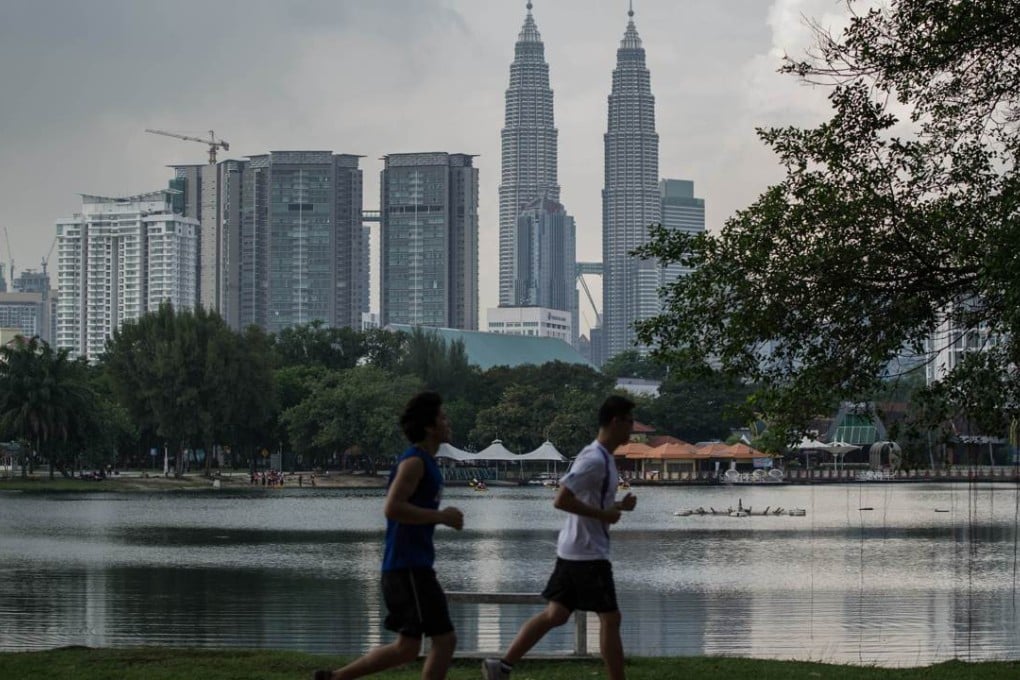Malaysia an attractive proposition for real estate investors
It is now possible to buy world-class real estate in prime locations offering net yields of 6 per cent

If 2015 has shown us anything, it is just how resilient Malaysia has been despite everything that was thrown at it: declining prices for energy and commodities, a political fiasco and the falling Malaysian ringgit (RM), which became one of the worst performing currencies across Asia.
Indeed, we believe that over the next couple of years or so, the current macroeconomic environment offers real estate investors an attractive window of opportunity to increase exposure to Malaysian real estate. It is now possible to buy world-class real estate in prime locations offering net yields of 6 per cent. For overseas investors, the ringgit has fallen 25 per cent against the US dollar compared to 12 months ago and is widely thought to be undervalued.
Assets that are desirable will be successful and integrated schemes where people want to live, work, eat and shop are in demand and rare in Malaysia. Mid-Valley City, about a 20-minute drive from the heart of Kuala Lumpur, is a good example of a development that continues to be in strong demand, despite rising competition. Attracting 34 million visitors a year, it consists of two mega shopping malls (Mid-Valley Mall and Gardens Mall), three hotels, residential apartments and several office towers where occupancy is consistently high (above 90 per cent) and rental rates that outperform other buildings in the area.
Another example is KL Eco City, a 10-hectare, mixed-use development project under way by SP Setia. This development includes three luxury residential towers, which were well-received by the market and have been fully sold, a retail mall and offices. More than 60 per cent of the entire development is dedicated to commercial office space, of which 90 per cent has been sold.
Older buildings, particularly those that have been poorly maintained, will find it challenging
In contrast to these well-designed, mixed-use projects, there are plenty of outdated, poorly managed older buildings in Malaysia. Indeed, close to 75 per cent of Kuala Lumpur’s office stock is more than 15 years old; less than 15 per cent is less than five years old.
Older buildings, particularly those that have been poorly maintained, will find it challenging as occupiers upgrade their space and this will present a number of redevelopment opportunities.